What is native advertising or native ads? How can content marketers make use of native ads?
First and foremost, native advertising is fast growing.
In a report from Contently, marketers are envisaged to spend US$4.3 billion on native ads in 2015. An increase of 34 percent over 2014, this is forecasted to balloon to US $8.8 billion by 2018.That’s not all.
69 percent of marketers believe “native advertising is valuable”. 70 percent of Internet users prefer to learn about new products through content than traditional ads. A staggering three-quarters of US publishers offer native advertising options.
Wow, it does look like native ads will be the next biggest thing since sliced bread.
But what exactly are they?
What are Native Ads?
Traditionally known as advertorials or sponsored content, native advertising is defined by Wikipedia as follows:
“Native advertising is a form of online advertising that matches the form and function of the platform on which it appears. For example, an article written by an advertiser to promote their product, but using the same form as an article written by the editorial staff.”
Expanding further upon this, I like how Sharethrough describes native advertising as “a form of paid media where the ad experience follows the natural form and function of the user experience in which it is placed” where…
- Form – Native ads match the visual design of the experience they live within, and look and feel like natural content.
- Function – Native ads must behave consistently with the native user experience, and function just like natural content.
As defined above, native online ads fit naturally into their digital content environments. They are commonly seen on social media platforms that offer advertising programs, like Facebook and Twitter, as well as websites and blogs (particularly those belonging to publishers).
While display ads (eg banner ads, buttons, skyscrapers) are normally positioned at the top of sides of a page, native advertising is integrated with the main content as shown below.
Courtesy of RSO Consulting
Continuum of Native Advertising
There are various ways to classify native ads. Giga Om’s native advertising continuum provides a good way to classify the different degrees of native advertising on web and social platforms.
Beginning from the left, we have the classic banner or display ads. As we move towards the right, ad formats become more and more closely integrated to the organic content format of the published platform.
Courtesy of GigaOm
1) Tourist Native Ads
A step away from banner ads, the tourist native ads usually occupy a separate and clearly demarcated column on the page. In the offline world, the advertorials or supplements in newspapers or magazines are examples of tourist ads.
Here’s an example from the Atlantic online magazine.
Courtesy of GigaOm
As you can see, tourist ads are more like giant banners, albeit with “editorial” styled content. Often, such ads can be media rich with videos, images, and text.
To succeed, advertisers should offer real utility and value to readers. This could include embedding a tool (like a financial calculator), or offering helpful advice.
Incorporating interactive and social features (eg a game) may also help encourage web surfers to click on the tourist ad.
2) Resident Native Ads
Unlike tourist ads, resident native ads are more wholly integrated into the content consumption experience. They are often part of the main column of editorial content in a website.
Here’s an example seen on the Time.com website.
Resident ads are normally contained in units that look like part of the website’s core content layout. Users unacquainted with online advertising may not know that the content come from different sources.
Often, a resident ad occupies a separate unit placed between current paragraphs of editorial content. They may also include third party sources of content commissioned by the advertiser.
Like tourist ads, resident ads need to provide value. Otherwise, readers will not click on them.
3) Citizen Native Ads
Further down the continuum, citizen ads are usually tightly embedded in the design layout and flow of content. They could appear in any of the regular boxes or units on the site.
Here’s an example from BuzzFeed:
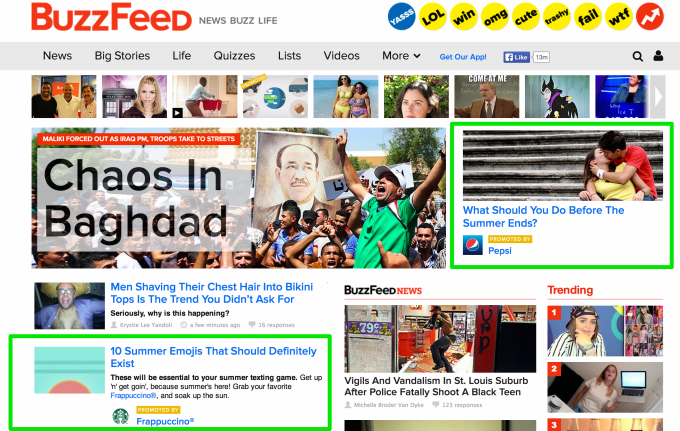
Courtesy of Tech Crunch
Unlike the earlier two options, resident ads perfectly matches the design and layout of its surrounding content. The only difference would be the appearance of the advertiser’s name or logo to show that they are sponsored by the advertiser.
In terms of content consumption, users experience this just like any other pieces of content. Similarly, the editorial and creative aspects of the ad match the website itself, and are often created by the same journalists and designers.
4) Truly Native Ads
Finally, we have truly native ads. These are readily identified as sponsored (just like tourist ads), but are easily engaged with by the reader in tandem with the rest of the website.
Facebook’s “sponsored stories” (eg Coca-Cola below) is probably the best example of this.
Truly native ads are exactly identical to non-ad content. On blogs, native advertising can be entire blog posts produced by the blogger. On Facebook, sponsored stories can be shared, liked, or commented upon. Ditto for Twitter.
These ads also look identical to all other content, perhaps with additional highlights. In fact, Facebook sponsored posts get greater priority on your feed relative to non-sponsored posts.
Consumption-wise, sponsored stories appear on your feed like normal updates.
A summary of the Native Advertising Continuum can be found below:
Courtesy of Jess Seilheimer
Open and Closed Native Ad Platforms
Now that you’ve learned a thing or two about the types of native ads, let us look at the platforms available.
Essentially, there are two main platforms for native advertising – open and closed. This can be represented by the chart below:
Courtesy of Reel SEO
1) Open Platforms
Open platforms are those which allow the sponsored content to be promoted across different sites. They often belong to advertising networks and allow advertisers to scale the same content format to reach the audiences on these platforms.
Examples of native advertising content here include promoted listings, websites, images, music/playlists, posts/stories, and videos.
Content discovery widgets like Outbrain or Stumble Upon belong here.
2) Closed Platforms
Unlike the first, closed platforms only allow advertisers to create and promote content within the platform.
Social networks like Facebook and Twitter belong here, offering sponsored posts that uses user data to serve the “right” targeted ads. Ditto for Google’s AdWords.
Native Ads versus Display Ads
OK, now you’ve learned a thing or two about native ads. The question is this: how do they compare to display ads?
Well, the verdict is all good. At least according to a comprehensive study conducted by Sharethrough/IPG Media labs.
Surveying 4,770 consumers, with eye-tracking technology to assess the attention of 200 consumers, their results show that users clearly had a preference for native ads over standard banner ads.
First, consumers looked at native ads 52% more frequently than display ads.
Courtesy of Sharethrough
Next, native ads showed an 18% higher lift in purchase intent, and a 9% lift for brand affinity responses compared to banner ads.
Courtesy of Sharethrough
Consumers apparently preferred native ads even over original editorial content. 26% saw native ads versus 24% for content.
Courtesy of Sharethrough
Finally, in Sharethrough’s collaboration with AC Nielsen, it was discovered that native video ads were much more effective than preroll video ads. Native ads created a much higher brand lift than preroll ads or control (no advertising) examples for a non-alcoholic beverage as seen below.
Courtesy of Sharethrough
Native Ads and Content Marketing
Now that you’ve learned what native advertising is, you probably realise how important content is to native ads. A well-considered content marketing strategy is integral to the effectiveness of one’s native ads.
Like content marketing, native advertising requires one to consider the following:
- Content and creative team producing the native ads. Inhouse, outsourced, or created by the media company?
- Profiles and behavioural traits of targeted customers consuming the media.
- Preferred website or social channels. Would a media news or magazine site work? Or a Facebook sponsored post?
- Calendar of native ads as part of editorial and content calendar.
- Call To Action (CTA) and next steps you wish the reader, viewer or listener to take.
- Measurement of success (through click through rates, actions taken, engagement etc).
- Calibration and optimization of ad content.
Due to their costs, native ads are normally employed for your best content. In other words, the ones where you hope to create the deepest brand impressions, generate the most leads, or sign up the most members.
Have you used native advertising before? What are your experiences like?



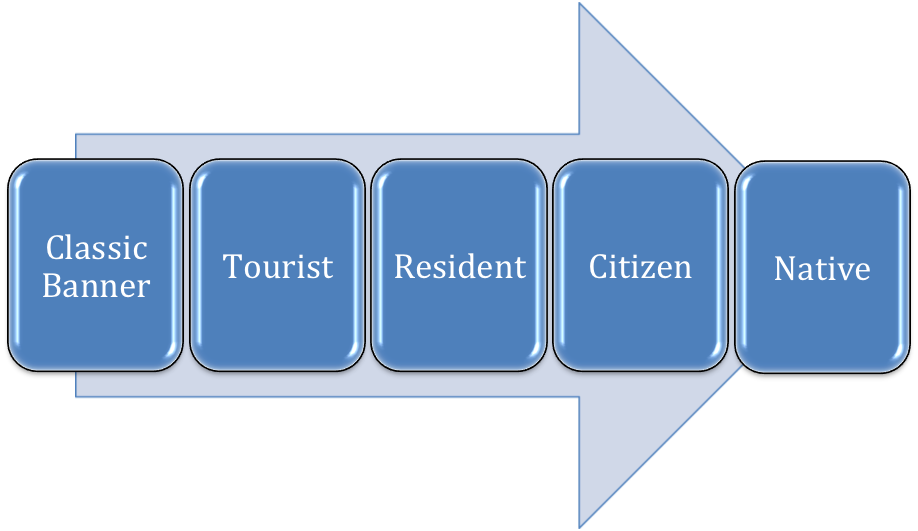
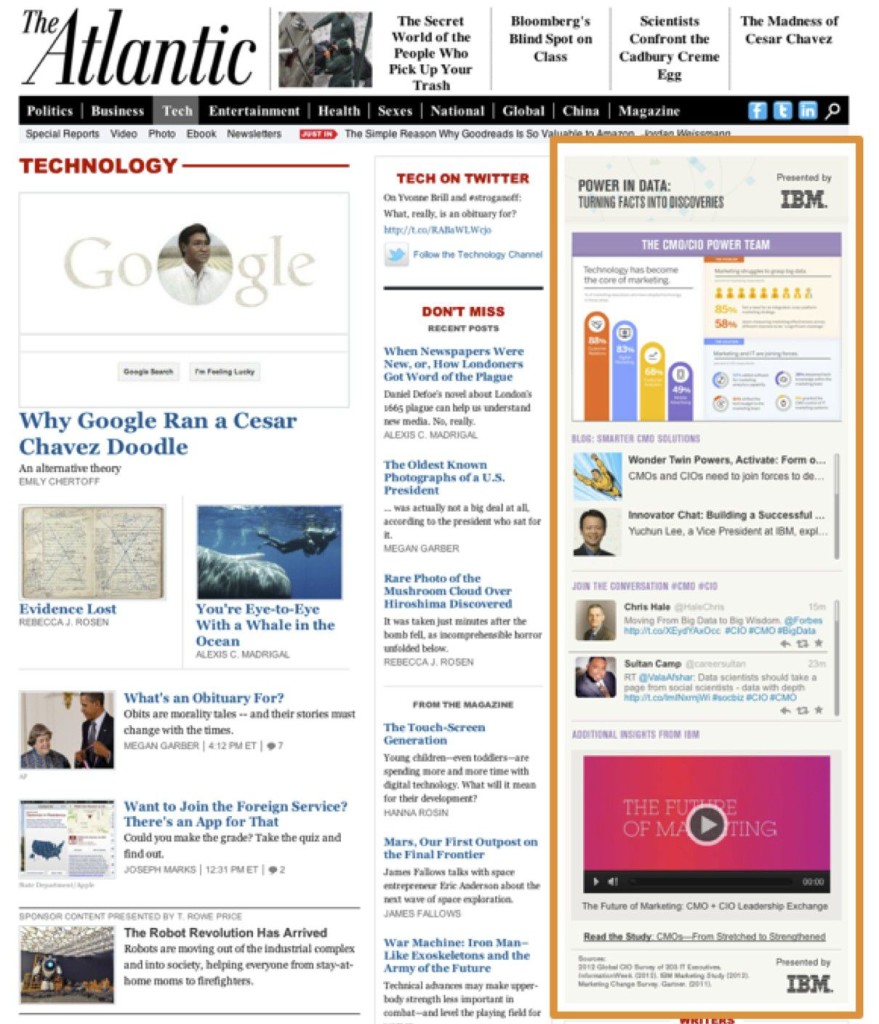
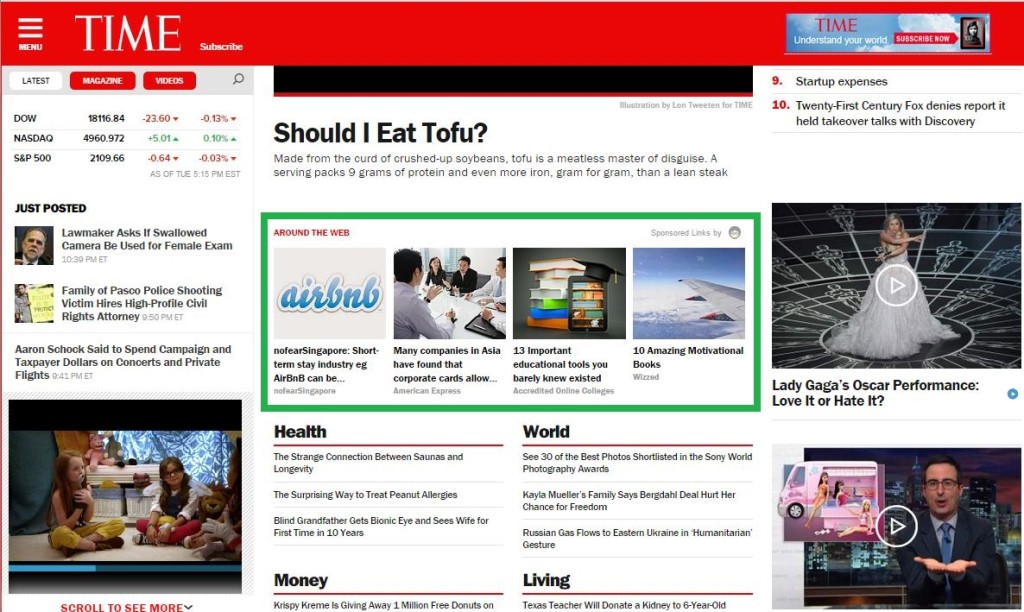
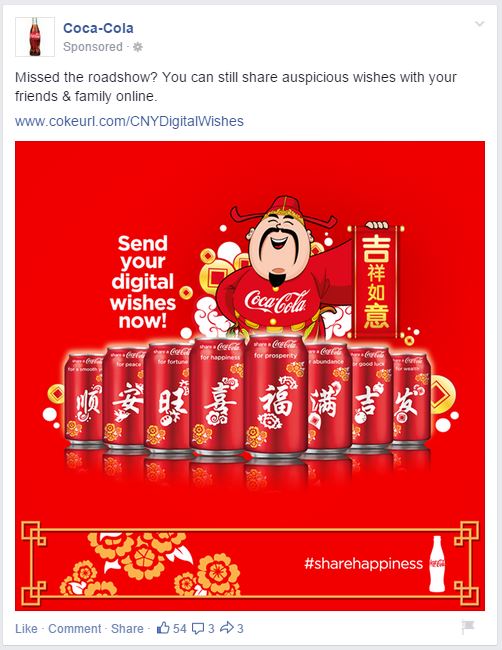


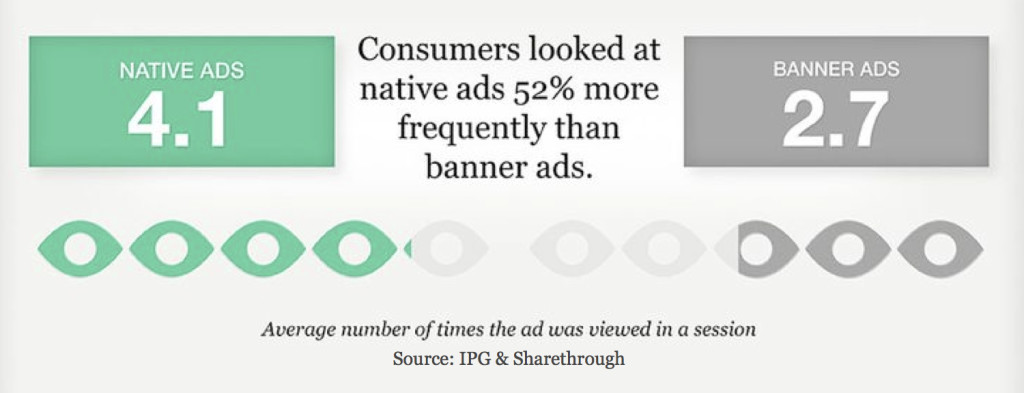

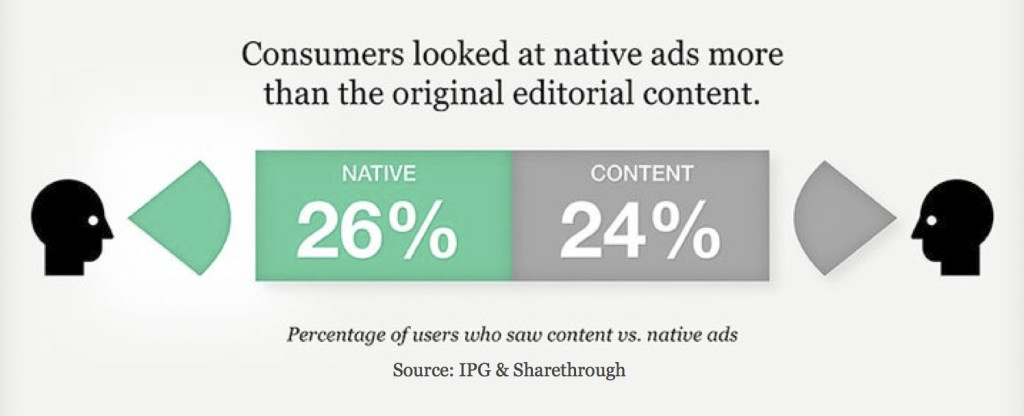
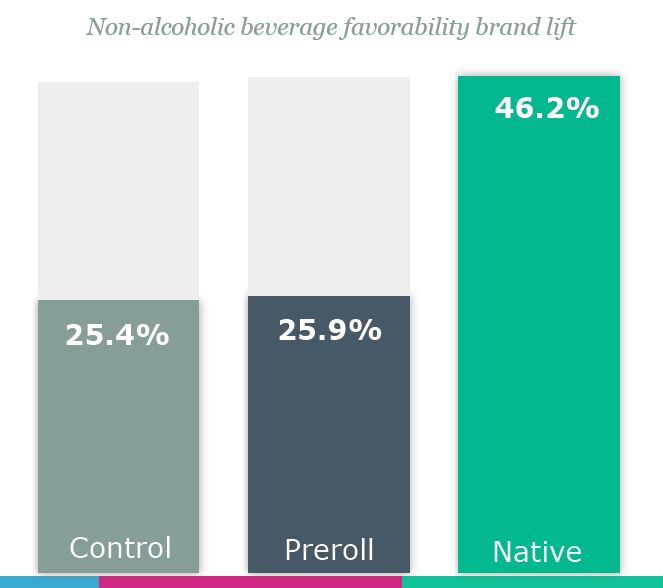
It’s interesting that native advertising makes it possible to have a blog post written by an advertiser look like it’s by the editorial staff. I’d imagine that it might really help businesses because customers might not realize that it is an ad, so they’ll pay more attention to the information. If I had a business that needed more customers, I might consider having native advertising done.